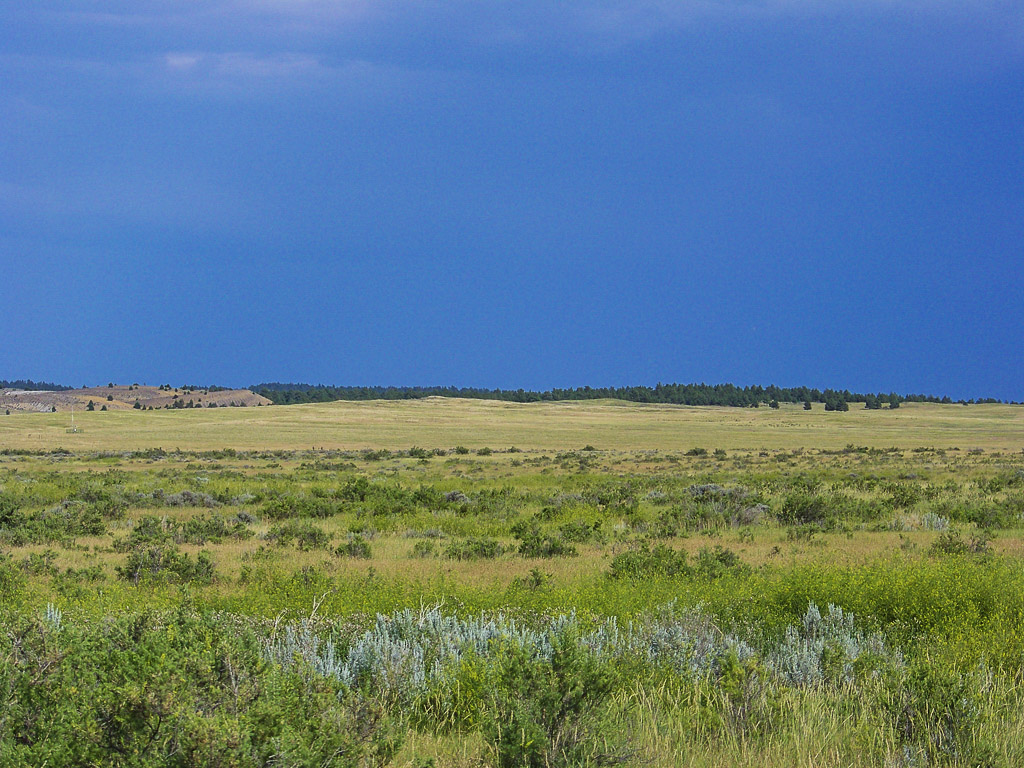Indianz.Com > News > Native Sun News Today: Oglala Sioux Tribe slams approval of uranium mining project

EPA draws fire from OST
Wednesday, December 9, 2020
Native Sun News Today Health & Environment Editor
PINE RIDGE, South Dakota – The Environmental Protection Agency broke two federal laws on November 24 by permitting underground water use for uranium mining and waste disposal at the proposed Dewey Burdock site in the southern Black Hills, according to Oglala Sioux Tribe Water Resources Department Administrator Reno Red Cloud Sr.
“The OST and environmental groups will be meeting next week and working on a response to this action,” he told journalists at a news conference following the EPA announcement.
“We are aware of the EPA failure to comply with the NEPA-NHPA regulations for consultation. We will respond soon,” he said at the online conference.
The Oglala Sioux Tribe and numerous other intervenors already have taken the Nuclear Regulatory Commission and private foreign investors to federal court and administrative appeals boards over more than 10 years for violating the bedrock NEPA, or National Environmental Protection Act, and NHPA, or National Historic Preservation Act in pursuit of Dewey Burdock permits.


NATIVE SUN NEWS TODAY
Support Native media!
Read the rest of the story on Native Sun News Today: EPA draws fire from OST
Contact Talli Nauman at tallinauman@gmail.com
Note: Copyright permission Native Sun News Today
Search
Filed Under
Tags
More Headlines
Chuck Hoskin: Cherokee Nation helps heal our communities
Native America Calling: Native skin cancer study prompts new concerns about risk
South Dakota Searchlight: Trump terminations hit Indian Arts and Crafts Board
Native America Calling: Regional improvement in suicide statistics is hopeful sign
List of Indian Country leases marked for termination by DOGE
‘Let’s get ’em all done’: Senate committee moves quickly on Indian Country legislation
AUDIO: Senate Committee on Indian Affairs Business Meeting to consider several bills
VIDEO: Senate Committee on Indian Affairs Business Meeting to consider several bills
Native America Calling: The ongoing push for MMIP action and awareness
‘Blindsided’: Indian Country takes another hit in government efficiency push
Native America Calling: A new wave of resistance against Trans Native relatives
Urban Indian health leaders attend President Trump’s first address to Congress
‘Mr. Secretary, Why are you silent?’: Interior Department cuts impact Indian Country
Cronkite News: Two Spirit Powwow brings community together for celebration
Native America Calling: Native shows and Native content to watch
More Headlines
Native America Calling: Native skin cancer study prompts new concerns about risk
South Dakota Searchlight: Trump terminations hit Indian Arts and Crafts Board
Native America Calling: Regional improvement in suicide statistics is hopeful sign
List of Indian Country leases marked for termination by DOGE
‘Let’s get ’em all done’: Senate committee moves quickly on Indian Country legislation
AUDIO: Senate Committee on Indian Affairs Business Meeting to consider several bills
VIDEO: Senate Committee on Indian Affairs Business Meeting to consider several bills
Native America Calling: The ongoing push for MMIP action and awareness
‘Blindsided’: Indian Country takes another hit in government efficiency push
Native America Calling: A new wave of resistance against Trans Native relatives
Urban Indian health leaders attend President Trump’s first address to Congress
‘Mr. Secretary, Why are you silent?’: Interior Department cuts impact Indian Country
Cronkite News: Two Spirit Powwow brings community together for celebration
Native America Calling: Native shows and Native content to watch
More Headlines
